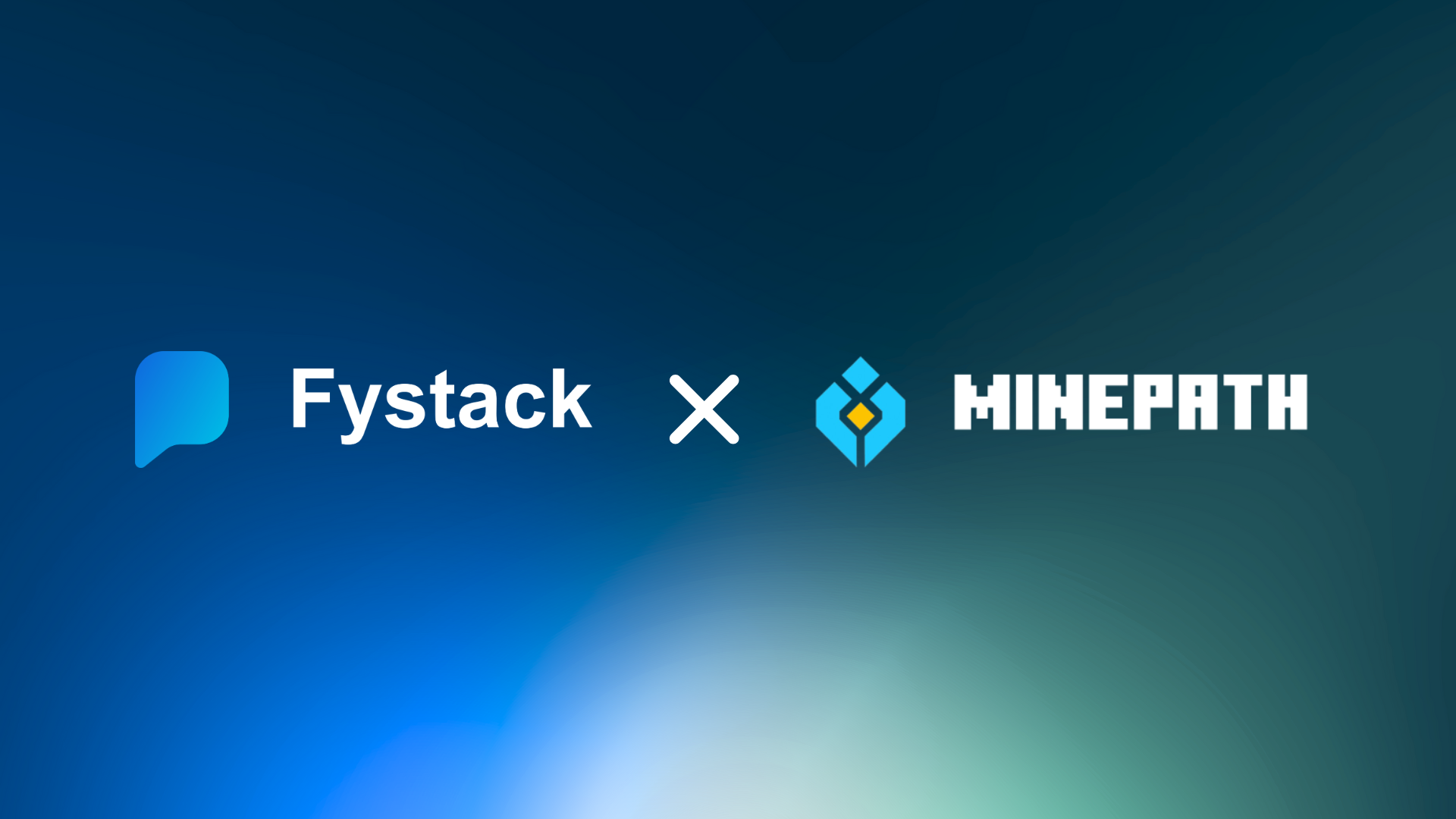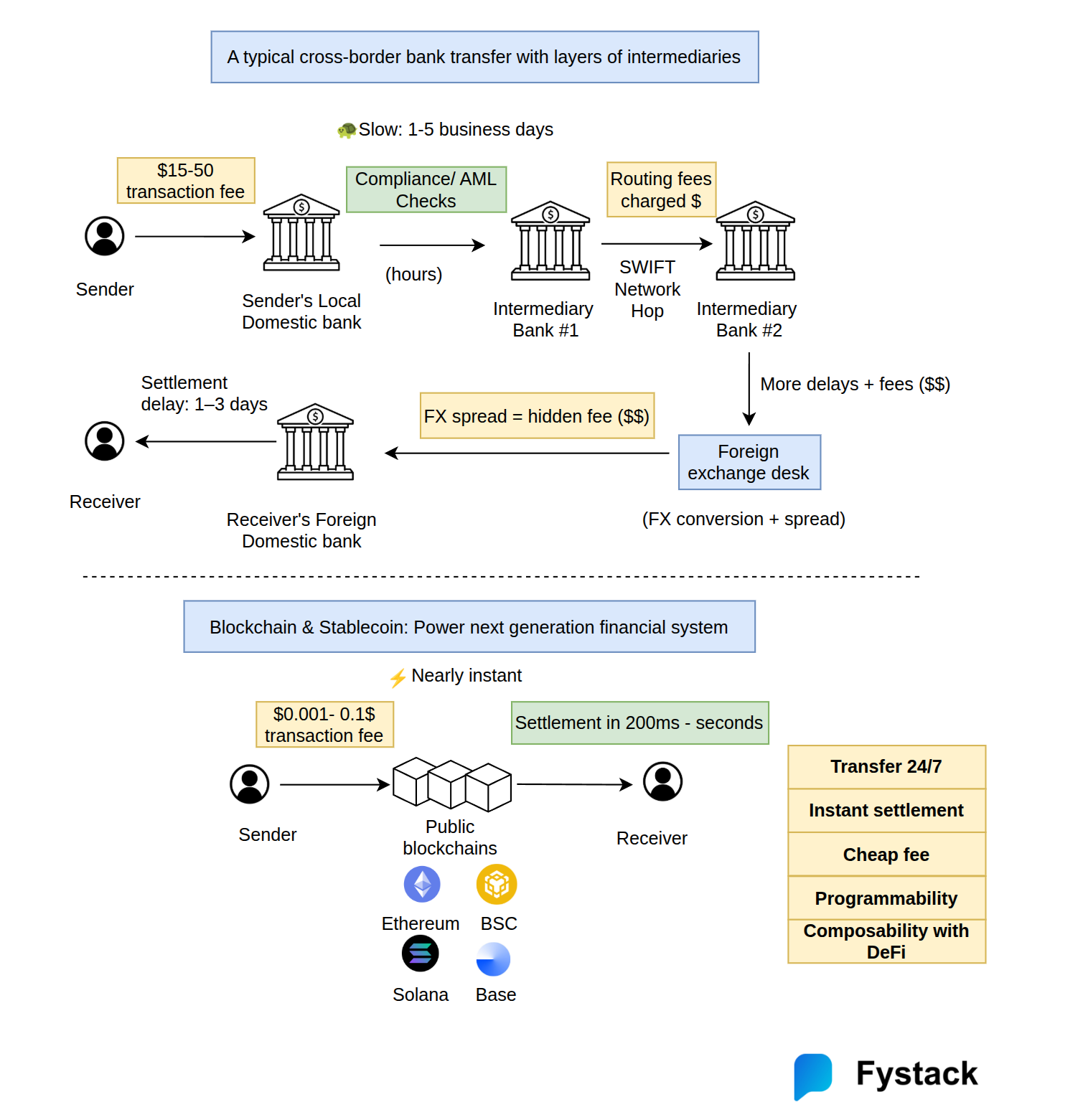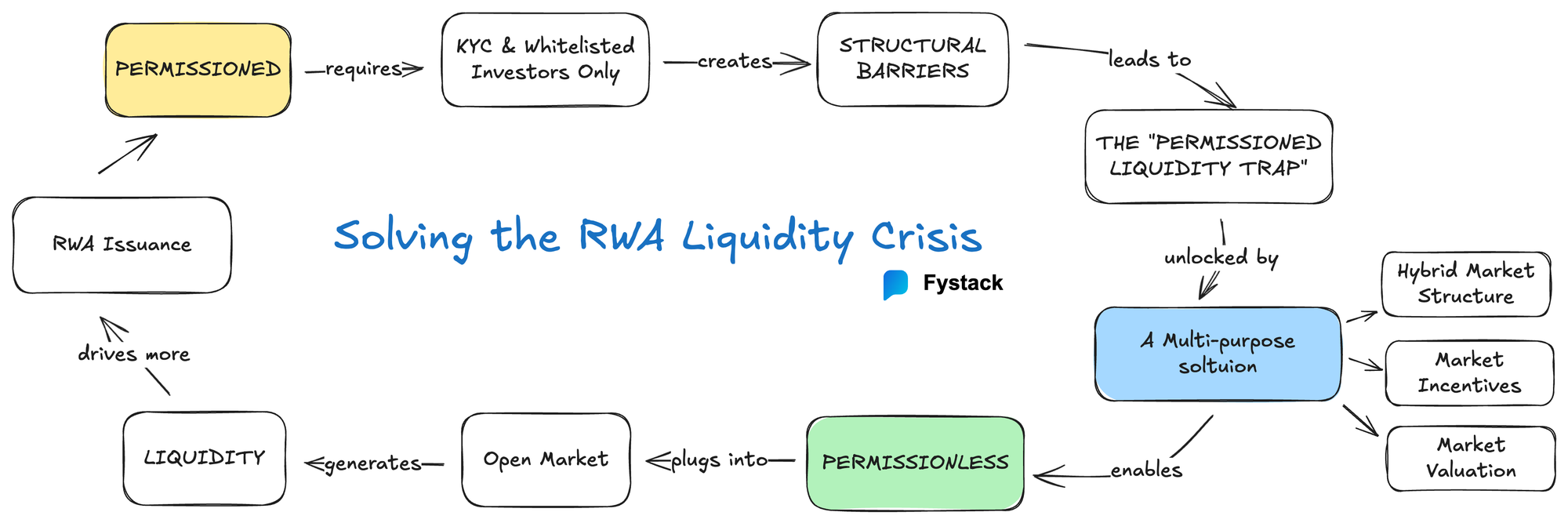Protect Your Solana Memecoins: Shield Against 2025 Hacks with MPC Wallets
Phoebe Duong
Author

Solana memecoins are becoming the top targets for cyberattacks in 2025. According to new data from Chainalysis, wallet compromises now account for 23% of total crypto crime losses ($2.47B) in the first half of 2025 - with Solana being the prime target, driven by the memecoin hype.
Another study shows that tens of thousands of new tokens are launched within just a few months, but most of them last less than a week before being rug pulled or “vanishing” without a trace.
Why Securing Your Solana Memecoins Matters
I’ve actually been there myself. One time, I clicked on what looked like a legitimate “free airdrop” link. The website seemed familiar, the interface looked normal, and the transaction appeared harmless - just another quick sign to claim rewards. A few minutes later, I realized part of my tokens had quietly disappeared from my wallet.
The amount wasn’t big, but watching it happen in real time and being unable to stop it was genuinely sickening. That moment hit me hard because even with some experience and caution, it’s surprisingly easy to fall for something that feels routine and safe.
And it’s not just a few unlucky cases - over $1.1M has already been drained from 8,058 Solana wallets this year through phishing-style “SolPhish” attacks, where victims unknowingly approve malicious airdrop transactions (Coinlaw).
What This Article Will Cover
- Highlighting the ongoing wave of memecoin hacks on Solana.
- Analyzing why memecoins are such an easy target for bad actors.
- And most importantly: sharing the solution I personally use to protect my assets – a self-hosted MPC Wallet on Solana, specifically Fystack MPC Wallet.
With an MPC Wallet, the private key is no longer a single point of failure. Instead of relying solely on personal caution, you can depend on a policy engine with multi-party approvals, turning crypto wallet security into a controlled process. This acts as a “shield” for anyone trading Solana memecoins who still wants to sleep peacefully at night.
It might sound theoretical, but in reality these scenarios have happened repeatedly in 2025. From hackers exploiting FOMO on social media, to blatant rug pulls, or even a fake interface that can completely drain your crypto wallet.
Let’s go through three notable case studies of Solana memecoin hacks to see the bigger picture.
How to know if a memecoin shilled on Twitter/X is a scam?
Every crypto trader has seen this: an “official” account on Twitter/X shilling a new token. You wonder: “Should I buy it, or is it another scam?”
On October 1, 2025, the Solana community exploded with a shocking story: simply by hacking a large social media account, hackers launched a memecoin called “4” and made over $72,000 vanish.

The method was simple:
- Hack the official Twitter account of BNB Chain.
- Post a promo of memecoin “4” with the contract address and purchase link.
- Users, seeing the “official” account shill the coin, instantly FOMO’d and bought in.
- Hours later, liquidity was drained, and the token price crashed -96%.
Ironically, even the hacker sold too early: after the rug pull, token “4” unexpectedly pumped 37x before settling around 19x. But for most buyers, the result was clear - total loss, all because of one misleading post.
According to Helius, in 2025 nearly 30% of Solana hacks were related to memecoins, and the majority started with phishing scams or rug pulls like this case. This proves that just one careless moment can turn any user into a victim.
How can a self-hosted MPC Wallet on Solana such as Fystack stops scams before you even click?
Even before a transaction happens, Fystack can detect and flag suspicious links, addresses, or contracts promoted through fake accounts or phishing sites.
Powered by DD.xyz by Webacy, Fystack’s risk detection system automatically:
- Analyzes and scores the trust level of addresses, contracts, and URLs.
- Warns users before signing risky transactions or accessing malicious links.
- Monitors on-chain activity and sends alerts when unusual behavior is detected.
Instead of only protecting your private keys, Fystack acts as a proactive shield, helping you steer clear of fake airdrops, scam contracts, and sketchy memecoins - before any damage is done.
Is there a way to invest in memecoins without fearing that devs will rug pull and run away with liquidity?
That’s one of the most common questions in the Solana community, and an important one to clarify.
Rug pulls are no longer a rare story. Not every loss comes from hackers. In September 2024, the dog memecoin SHARPEI on Solana shocked the community when its own team suddenly withdrew all liquidity. Within just one hour, over $3.4M evaporated, the token price crashed 96%, and thousands of holders were left empty-handed.
This was a textbook rug pull: devs launch a token → pump hype → attract liquidity → then vanish.

If you follow CryptoSlate, you know that within just a few quarters, losses from memecoin rug pulls have already exceeded $24M. And on Pump.fun, up to 90% of newly launched tokens eventually fail or disappear. But what terrifies investors the most isn’t only losing money - it’s the feeling of “you simply can’t trust anyone.”
Can an MPC Wallet stop a rug pull?
Here’s the truth: an MPC wallet alone cannot prevent a rug pull.
Rug pulls don’t happen because someone hacked your wallet or stole your keys - they happen when project insiders intentionally decide to withdraw liquidity and disappear. It’s not a technical flaw, but a governance failure.
Where MPC truly helps is in reducing the risk of single points of failure. Unlike a regular wallet where one private key can control everything, an MPC wallet splits that control across multiple devices or parties. This means no single person can move funds without others approving it, making insider abuse or accidental loss far less likely.
For project treasuries, DAOs, or liquidity pools, MPC can be combined with custom rules - like requiring multiple approvals, setting daily limits, or allowing only whitelisted addresses. These policies don’t stop a dishonest team from launching a scam memecoin, but they do protect legitimate teams and communities from one person acting alone and draining shared funds.
In short, if you’re an investor, an MPC wallet can’t protect you from buying into a bad project, that still comes down to research and due diligence. But if you’re part of a team or DAO, MPC is one of the most effective tools to enforce collective control and prevent any single actor from running away with the community’s assets.
If you want to explore the difference in depth, Fystack has a great breakdown here: MPC vs. Multisig Wallets.
Can you save your wallet after approving the wrong smart contract?
Not every hacker needs to break a smart contract or attack the system. In the Parcl incident on Solana, hackers didn’t even touch any contract or crack code. They simply built a fake Phantom wallet window that looked exactly like the real one. Users thought it was legit, casually clicked “Approve”… and their wallets were drained. Tokens like BONK and WIF vanished in seconds.

According to Chainalysis’ 2025 mid-year update, phishing scams like this have already caused $594.1M in global losses, many of them linked to fake Solana airdrops or cloned dApp.
From my perspective, this risk is almost unavoidable if we keep the “click fast” habit. Phishing attacks are getting more sophisticated, and fake windows look indistinguishable from real ones. In crypto, a single careless second can cost your entire wallet.
Personally, I feel safer using an MPC wallet, because I can set rules like: one approval from a single device isn’t enough to finalize a transaction, or the system triggers an alert if it detects abnormal behavior (like draining all tokens or sending funds to an unknown address). That way, even if I misclick, I still have time to react.
For me, the difference is this: phishing may never disappear, but it no longer means “one wrong approval = total loss.” Sometimes, just a few extra seconds to double-check can be enough to save your wallet.
Is Fystack’s MPC Wallet the Shield Your Memecoins Need on Solana?
It may sound complicated, but protecting your crypto wallet isn’t hard if you choose the right tool. This is where the MPC Wallet (Multi-Party Computation Wallet) proves its power.
Unlike a traditional wallet that relies on a single private key, an MPC wallet splits the key into multiple shares, stored across different devices or assigned to multiple parties. This creates three critical layers of security for both new memecoin traders and project teams.

1. How to eliminate the “single point of failure”?
Hackers can’t just steal one seed phrase file to take over the entire wallet. Even if you mistakenly approve a fake website on Solana, a single key share isn’t enough to complete the transaction.
2. Can a policy engine block risky transactions from the start?
Users can set rules: if a transaction withdraws more than 20% of assets, or sends to a previously unknown address, the wallet will either block it or require additional approvals. This is an active safety layer that popular wallets like Phantom or Backpack don’t yet support.
3. Does real-time transparency and alerts really matter?
With a self-hosted MPC wallet on Solana powered by Fystack, all transactions are logged and instantly flagged via Telegram/Email alerts. Not only you, but also your community and token holders can see that the project is being run transparently and responsibly.
In other words, instead of depending solely on personal vigilance, Fystack turns crypto wallet security into a controlled process. And especially in the memecoin world - where speed and FOMO dominate - security and transparency become the most important factors for convincing investors to put their money in.
Personally, I trade WIF and BONK on Phantom for speed, but I always keep my main funds in a self-hosted MPC wallet on Solana with Fystack. My rules are crystal clear:
- Transactions > $500 sent to Pump.fun outside the whitelist → automatically blocked.
- Swaps on Jupiter → require 3/5 nodes to approve, not just a single click like on Phantom.
- If there’s an unusual transaction, e.g., swapping $10,000 into a never-seen token, I instantly get a Telegram alert so I can reject it.
In the memecoin ecosystem, even a single mistaken signature can cost everything. MPC wallets on Solana, especially self-hosted setups like Fystack, change that dynamic by giving users multi-party approval, recovery options, and transparent key management.
Speed matters, but security defines survival. Phantom makes trading seamless, yet only MPC architecture keeps your capital truly under control, and that’s how you stay both degen and safe.



